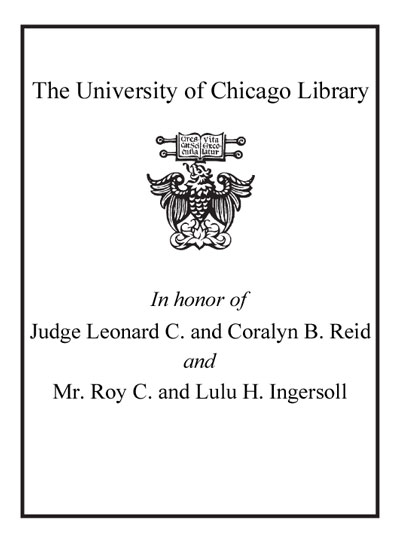Course design : a guide to curriculum development for teachers /
Saved in:
| Author / Creator: | Posner, George J. |
|---|---|
| Edition: | 7th ed. |
| Imprint: | Boston : Pearson/Allyn and Bacon, c2006. |
| Description: | xiii, 298 p. : ill. ; 24 cm. |
| Language: | English |
| Subject: | |
| Format: | Print Book |
| URL for this record: | http://pi.lib.uchicago.edu/1001/cat/bib/5895081 |
Table of Contents:
- Figures and Tables
- Preface
- 1. Getting Oriented
- The Approach
- The Project
- Some Guidelines for Getting Started
- Questions for Discussion: Getting Started
- A Framework for Course Design
- Questions for Discussion: The Conceptual Framework
- Relation of Course Design to Curriculum Development
- Alignment with Standards
- Generating Initial Ideas
- References
- 2. Setting a Direction
- Graphic Organizers
- Developing a Tentative Course Outline
- Intended Learning Outcomes (ILOs)
- Formulating Central Questions
- Questions for Discussion: Central Questions
- Conceptual Maps
- Questions for Discussion: Mapping
- Narratives
- Flowcharts
- Finding Out Where the Students Are
- Related Material
- Answers to Exercises
- References
- 3. Developing a Course Rationale
- Values and Assumption
- Questions for Discussion: Values and Assumptions
- Rationale and Entry Point in Planning
- Components of a Course Rationale
- The Place of a Rationale in Course Design
- Questions for Discussion: Sample Rationale
- Rationales for Elementary School Units
- Questions for Discussion: Course Rationale
- References
- 4. Refining Intended Learning Outcomes
- ILO Statements: Form and Function
- Categorizing ILOs
- Guidelines for Clarifying ILOs
- Priority of ILOs
- Overall Balance of ILOs
- Summary
- Questions for Discussion: Intended Learning Outcomes
- References
- 5. Forming Units of the Course
- Clustering ILOs into Units
- Forming Units around Instructional Foci
- Titling the Units
- Organization and Sequence for Elementary Unit Planning
- Suggestions for Elementary Unit Planning
- Questions for Discussion: Forming Units
- References
- 6. Organizing the Courses Units
- Organizing the Units
- Alternative Organizations: Some Examples
- Questions for Discussion: The Unit Outline
- Scope and Sequence Charts
- Answers to Exercises
- References
- 7. Developing General Teaching Strategies
- Effective Learning Environments
- Academic Tasks
- Teaching Strategies
- Approaches to Instruction
- Some Examples
- Example 7.1. Subunit Two Wonders of the Forest Community
- Example 7.2. Subunit Two Rivers
- Example 7.3. Subunit Two The Sounds of Poetry (11D2 weeks)
- Example 7.4. Subunit One The Camera
- Introduction and Two Subunits from a High School
- Algebra Unit on Coordinate Geometry
- Example 7.5. Subunit Three Graphing Two-Dimensional Linear Equations
- Example 7.6. Subunit Four Operations of Graphs
- Course Planning Steps
- Questions for Discussion: General Teaching Strategies
- References
- 8. Planning a Course Evaluation
- Perspective on Evaluation
- Gathering Evidence on Main Effects
- Gathering Evidence of Educational Results
- Authentic Methods of Assessment
- Gathering Evidence of Side Effects
- Troubleshooting
- Summary
- Questions for Discussion: Course Evaluation
- References
- Epilogue
- Reference
- Appendix A. Colonial America: Social Studies Curriculum for Grade 5
- Comments
- Introduction
- Conceptual Map for Unit on Colonial America
- Subunits: Coming to the New World
- Reasons for Coming and Reactions to Life Here
- An Early Settlement: Plymouth Plantation
- Daily Life and Regional Differences
- Government
- Religion in the Colonies
- Relationships with Native Americans
- Indentured Servants and Slavery
- Why Do We Call Them Colonies?
- Evaluation
- Appendix B. A Survey of Western Art
- Margaret Timmerman
- Comments

